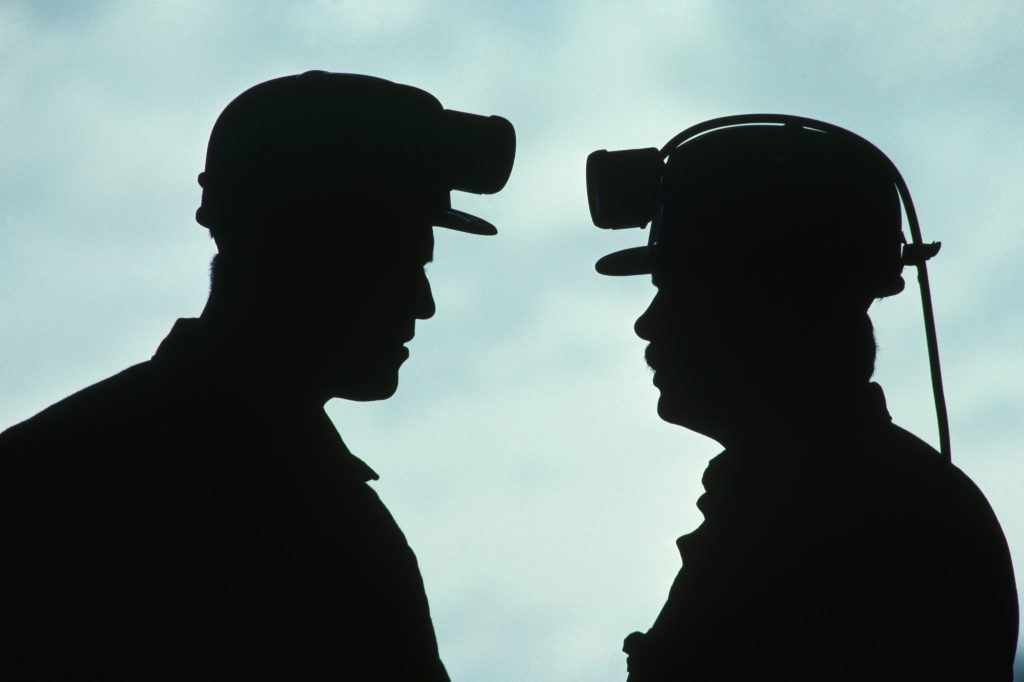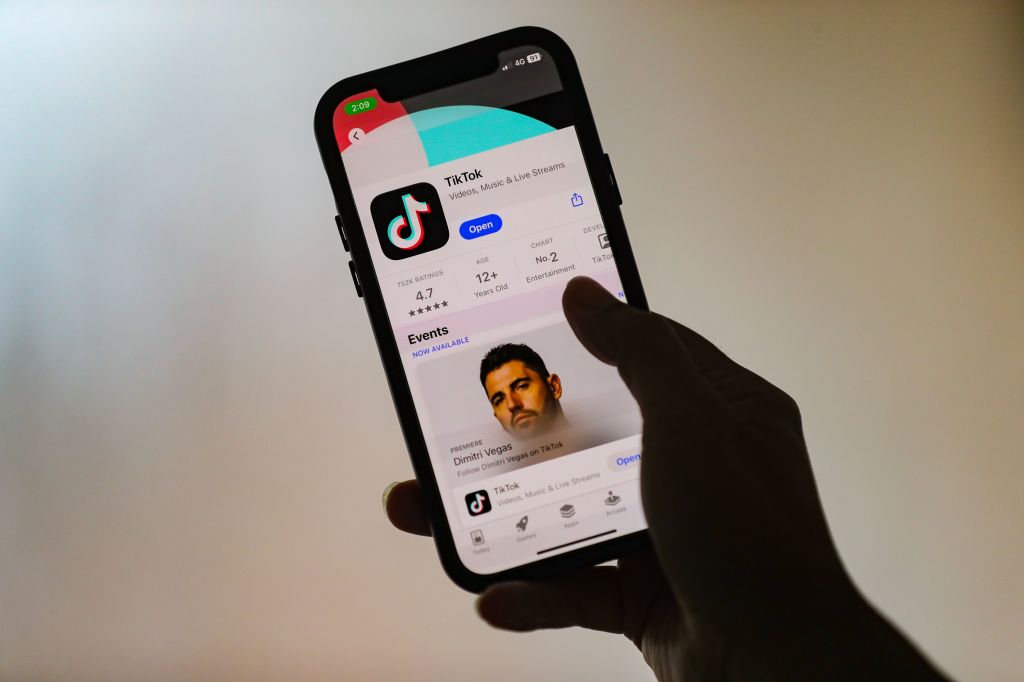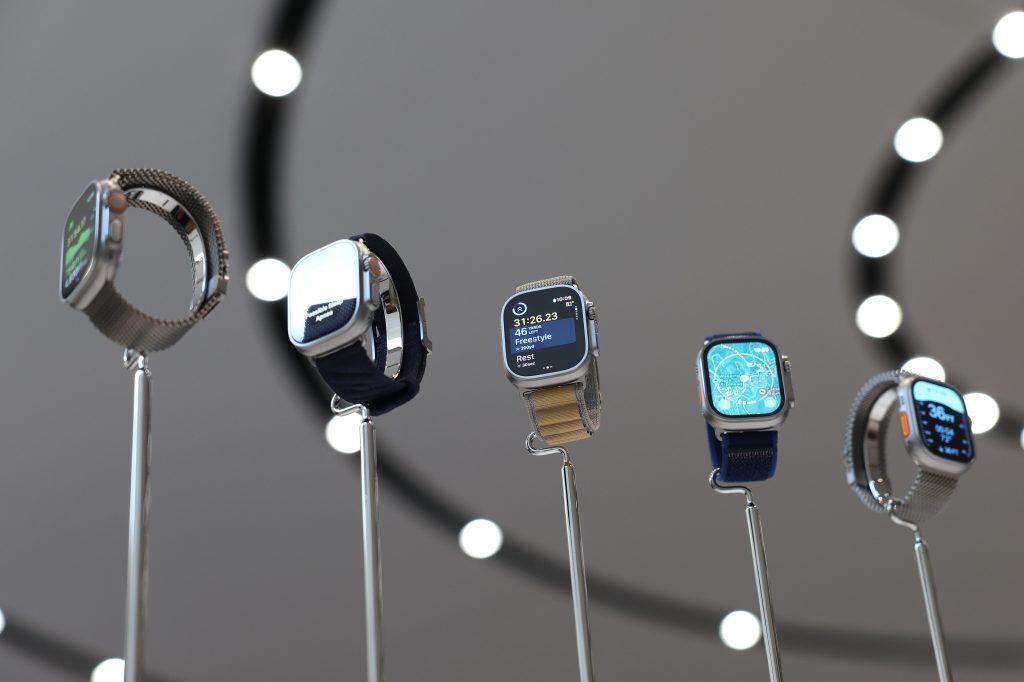The US Food and Drug Administration (FDA) has published a warning letter addressed to the blood-pressure-tracking and wrist-wearable company Whoop, alleging it is marketing its new blood pressure feature without first getting proper approvals.
The FDA said Whoop’s Blood Pressure Insights (BPI) feature is intended to diagnose,
Register for free to keep reading
To continue reading this article and unlock full access to GRIP, register now. You’ll enjoy free access to all content until our subscription service launches in early 2026.
- Unlimited access to industry insights
- Stay on top of key rules and regulatory changes with our Rules Navigator
- Ad-free experience with no distractions
- Regular podcasts from trusted external experts
- Fresh compliance and regulatory content every day

















